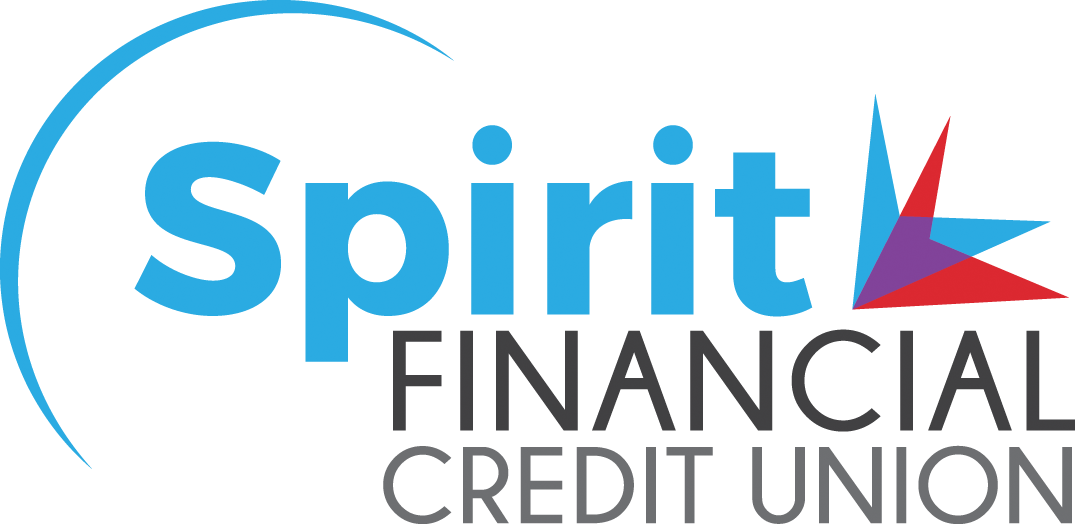Turn Your Home Equity Line of Credit into Home Remodel ROI
Using a Home Equity Line of Credit to Get the Best ROI on a Home Remodel
A common way for homeowners to fund home improvements and remodel projects is with a home equity line of credit or HELOC. A HELOC is a great financing option for those who have a certain percentage of equity built up in a home. Because the line of credit is secured with the borrower’s home, the interest rate is typically lower than other types of loans and unsecured credit. If you’re considering a home equity line of credit for home improvements, you may also want to research if those planned improvements are going to provide you with a good return on investment. This is especially true if you plan on selling your house in the future.
Getting the most ROI from a HELOC
The best place to start when exploring the ROI of different types of remodel projects can be speaking directly with a local realtor. You can also check out Remodeling Magazine’s Cost Vs. Value Report. The report not only shows you the national averages of a particular remodel cost, but also the resale value and percentage of cost expected to be recovered. For example, according to the 2019 report, a major kitchen remodel will give you a 62.1% ROI. A minor kitchen remodel on the other hand has an 80.5% ROI. It definitely gives you something to think about when planning a home remodel. Want to get an even better idea that hits closer to home? You can even search the report for the ROI of various remodel jobs in your particular region of the country. Big ROI winners seem to be the upscale replacement of a garage door, adding manufactured stone veneer to the exterior of a home and a minor kitchen remodel. Other worthy projects when it comes to boosting your home’s resale value include the replacement of an entry door, the addition of a wood deck, the replacement of siding and window replacement.
Use a Home Equity Line of Credit to enhance your home’s curb appeal
You only get one chance to make a great first impression. It’s true. Let’s face it, if your home is seriously lacking in curb appeal, you’re going to have an ROI problem if you ever want to sell. That’s probably why those improvements that are visual from the curb, such as a new garage door, stone veneer, a new entry door and new siding have a higher ROI. Just more to reflect on if getting a good return on investment is part of your overall HELOC project decision.
Applying for a HELOC for home improvements
As your home’s value increases, tapping into the equity can help you complete those home improvement projects on your bucket list. HELOCs are revolving credit lines with variable interest rates. They have a draw period and a repayment period. During the draw period, a borrower can draw money, make payments, and then draw more up to the loan limit. The flexibility of a HELOC makes it an ideal option for completing multiple home improvements over time. It’s also great for an extensive renovation that will be completed in multiple stages over time. You only draw and pay interest on the amount you need when you need it. After the draw period ends, the repayment period begins. During this time, you can no longer draw funds, you would just concentrate on repaying the loan. The draw period and repayment period terms may vary according to lender. For instance, Spirit Financial Credit Union offers members a no closing cost, low-interest rate HELOC with a 10-year draw period and a 15-year repayment period. Many lenders, including Spirit Financial, allow you to apply right online for a HELOC.
We realize your home is probably your biggest investment and we hope this blog helps you with ideas for using a HELOC to get a bigger ROI. If you’re thinking of selling your home in the future, it stands to reason that any renovations should enhance your home’s value. Your HELOC interest may also be tax deductible as long as the funds were used to substantially improve the home used to secure the debt.*
*Speak to your tax advisor to learn more.



